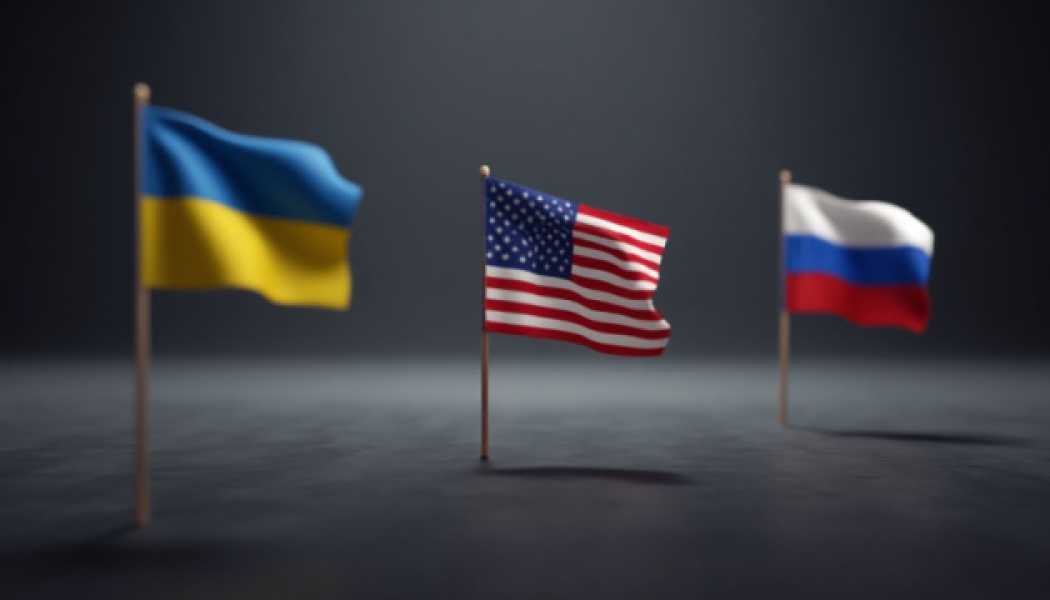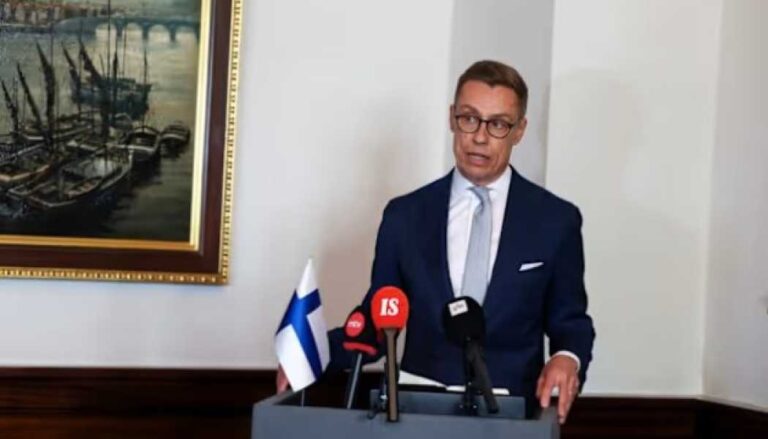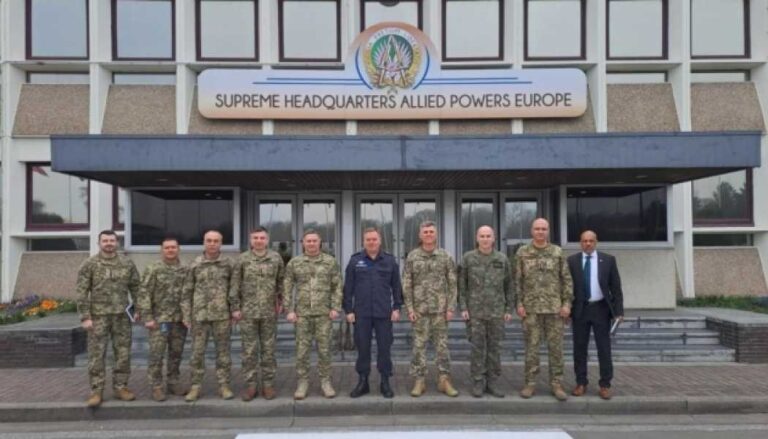Radha Negotiations: Where do the statements of Washington, Moscow and Kyiv coincide and where do they not?

Experts express significant doubts that the Russian Federation, having experience in concluding such agreements, will not repeat this again.
From March 23 to 25, the United States held separate talks with Ukrainian and Russian delegations in Radha, Saudi Arabia. These meetings were conducted in a “shuttle diplomacy” format, with American negotiating teams moving between the two delegations (the Americans spoke to the Ukrainians twice, before and after their talks with the Russians on March 23 and 25).
Participants in the negotiations:
From the Ukrainian side – Minister of Defense of Ukraine Rustem Umerov, Deputy Head of the Presidential Office Pavlo Palisa, as well as military and energy experts.
On the US side, Andrew Peak, head of the National Security Council's European and Russian affairs department, and Michael Anton, director of Picy planning at the State Department, will be in Saudi Arabia. Secretary of State Marco Rubio and Trump's national security adviser Michael Walz will also be in Saudi Arabia.
The Russian Federation was represented by: member of the Federation Council Committee on International Affairs Grigory Karasin and advisor to the director of the Federal Security Service (FSB) of Russia Sergei Beseda.
Main discussion points:
ceasefire at critical infrastructure facilities;
a complete 30-day ceasefire;
ceasefire in the Black Sea.
Results of negotiations:
Joint statements. There are four of them, including two following meetings between the delegations of Ukraine and the United States.
It should be noted that the content of the statements of the United States and Ukraine coincides by 95 percent and consists of five points, namely:
Black Sea Shipping Security – The United States and Ukraine agreed to ensure safe shipping conditions, eliminate the use of force, and prevent the use of commercial vessels for military purposes in the Black Sea.
Stopping attacks on energy infrastructure – The United States and Ukraine have agreed to develop measures to implement the agreement between Presidents Trump and Zelensky to ban attacks on energy facilities in Russia and Ukraine.
Third-Country Participation. The United States and Ukraine welcome the good offices of third countries to support the implementation of energy and maritime agreements.
The United States and Ukraine will continue to work together to achieve a lasting and sustainable peace.
Exchange of Prisoners of War and Repatriation of Ukrainian Children – The United States and Ukraine agreed that the United States remains committed to facilitating the exchange of prisoners of war, the release of civilian detainees, and the return of forcibly displaced Ukrainian children.
Both statements emphasized that the United States echoed President Donald Trump's call for an end to killings on both sides of the conflict, a necessary step toward achieving a sustainable peace settlement. In this regard, the United States will continue to support negotiations between both sides to achieve a peaceful resolution in accordance with the agreements reached in Radha.
However, there is a significant difference in the statements by the US and Ukraine on ending the use of force in the Black Sea. Kyiv’s statement said that Russian warships leaving the eastern Black Sea would be considered a violation, and Ukraine could “exercise the right to self-defense” if Russian warships headed west from the eastern Black Sea, something Washington’s statement did not mention.
As for the statements of the Russian Federation and the United States… Both documents also contain five points, but the overall level of agreement is lower and amounts to 80 percent, namely:
Safe shipping in the Black Sea.
Both statements include provisions on the safety of navigation, the prevention of the use of force and the use of commercial vessels for military purposes in the Black Sea.
The difference is that the Russian statement mentions control through inspection of ships.
Export of Russian agricultural products and fertilizers.
The White House statement said the United States “will help restore Russia's access to global markets for agricultural and fertilizer exports, reduce marine insurance costs, and expand access to ports and payment systems for such transactions.”
In its statement, the Kremlin said the end to the use of force in the Black Sea would come into effect after a series of specific actions requiring detailed measures that were not explicitly outlined by the White House. These actions included lifting sanctions on Rosselkhozbank, Russia’s state agricultural lender, and other financial institutions, reconnecting them to the SWIFT payment system, and lifting restrictions on financing, insuring, and servicing Russian-flagged ships.
Suspension of attacks on energy facilities.
The White House and Kremlin reports, while both mention the agreement to ban attacks on energy facilities in Russia and Ukraine, have a small but important difference. The U.S. statement says the leaders “agreed that the path to peace will begin with a ceasefire on energy and infrastructure,” while the Russian statement describes a narrower ban on attacks on “energy infrastructure.” Moreover, the Russian version adds a time limit (30 days, with the possibility of extension or cancellation in case of violation).
Intervention by third countries.
Both sides express gratitude
Source: ukrinform.net



